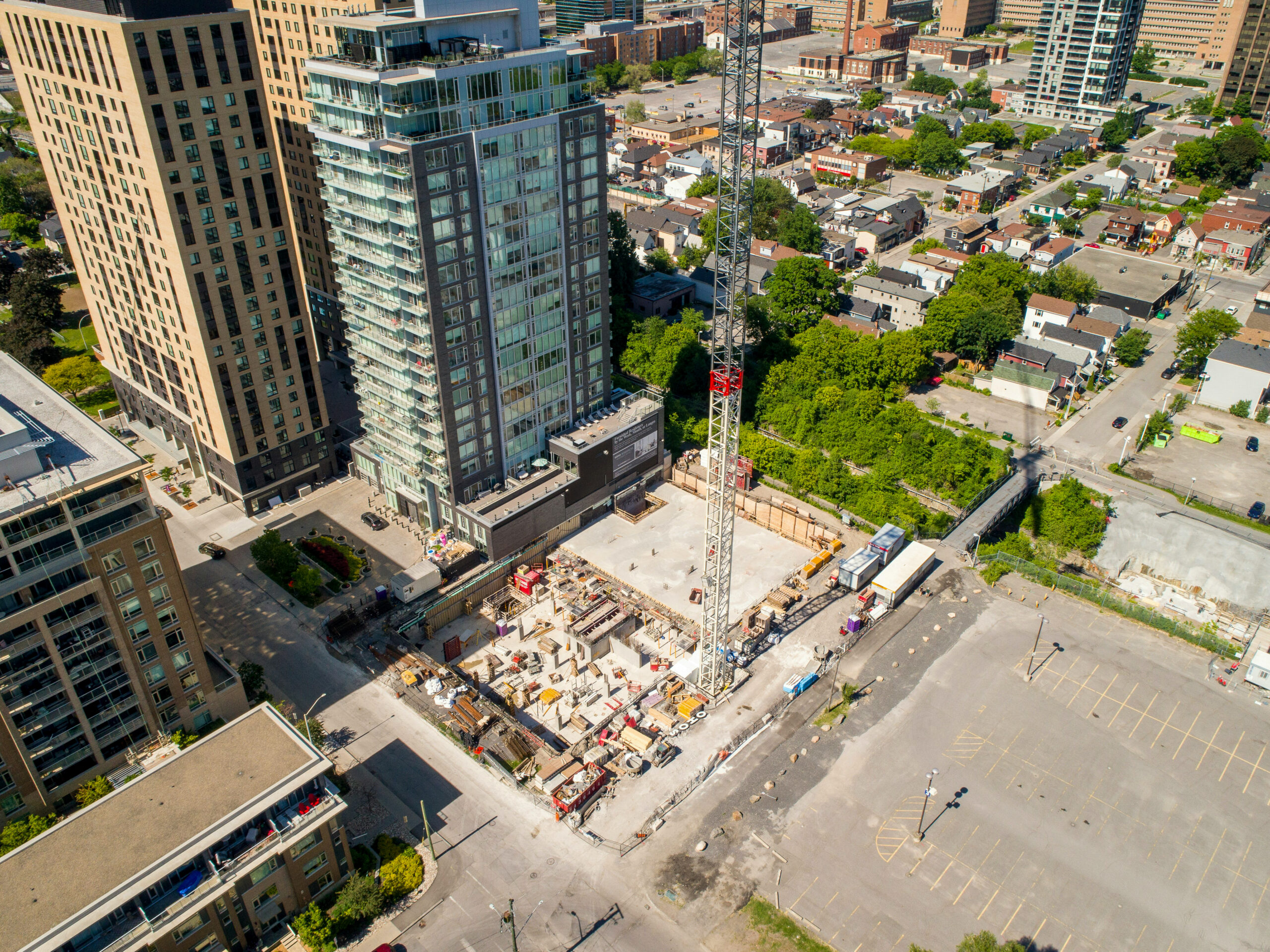Defective Condo Defect Laws: Ripe for Repair?

Since 2011, 97 percent of California’s new multifamily housing has been built for rent, not for ownership. While the state needs to continue to build hundreds of thousands of rentals – more supply will drive down housing costs, and stabilize rents – it should not be doing so to the exclusion of offering more pathways to affordable, middle-income ownership for Californians who want to own their home.
The current scarcity of new, multifamily homes for sale has major implications for housing affordability, as condominiums and townhouses are less expensive than detached, single-family homes. And the culprit, in part: Outdated regulatory changes intended to protect consumers from construction defects.
A new report, “Construction Defect Liability in California: How Reform Could Increase Affordable Homeownership Opportunities,” from Muhammad Alameldin and Sarah Karlinsky at the Terner Center for Housing Innovation, explores the history of condo defect law, details different regulatory approaches from around North America, and makes recommendations for reform.
Key Takeaways
- California’s condo defect laws discourage the development of new multifamily housing for ownership by making construction financially risky for developers and general contractors.
- Other states have different systems that better balance consumer protection and cost.
- To encourage condo development, California should adopt best practices from other states, like a graduated statute of limitations for construction defects, home warranty programs, and “right to repair” with mandatory binding mediation.
Amid a condo building boom in 1974, the California Supreme Court ruled that home builders could be held responsible for construction defects under the principle of “implied warranty” – that is, builders should be assumed to be responsible for anything that goes wrong in new condos for a certain period of time after completion. The ruling gave rise to a wave of construction defect lawsuits through the 1980s and 90s.
In 1995, California legislators sought to clarify the responsibilities that builders had to homeowners by establishing a pre-litigation and dispute resolution process, called the Calderon Process, that dealt with construction defects. Then, in 2002, they passed SB 800, the “Right to Repair Act,” which established homeowners’ right to receive damages or repairs for defective construction, even if damage had not yet occurred, by giving homebuyers ten years to file claims and giving builders the opportunity to repair a defect rather than paying a cash settlement.
This regulatory framework has not worked as intended. The absence of standardized definitions of construction defects, combined with the ten year period in which to file lawsuits—during which time cosmetic issues and natural wear and tear can occur—and the financial incentives for lawyers to seek fees from settlements, have led to protracted, expensive litigation that has made building condos financially risky for developers and contractors.
As a result, condo construction has fallen dramatically, and now mostly consists of luxury high-rises in downtown areas.
Alameldin and Karlinsky run down how other cities and states’ regulatory approaches have struck a better balance between consumer protection and affordable condo construction, then recommend reforms based on these successful regimes.
In their view, California should adopt a graduated statute of limitations, so minor imperfections like peeling paint and popped drywall nails would have to be identified in the first year or two, while serious issues like foundation problems would have a full ten years of coverage; and implement the “right to repair” for builders, with mandatory mediation before lawsuits are filed, create a new home warranty system, and adopt stricter licensing for residential builders.